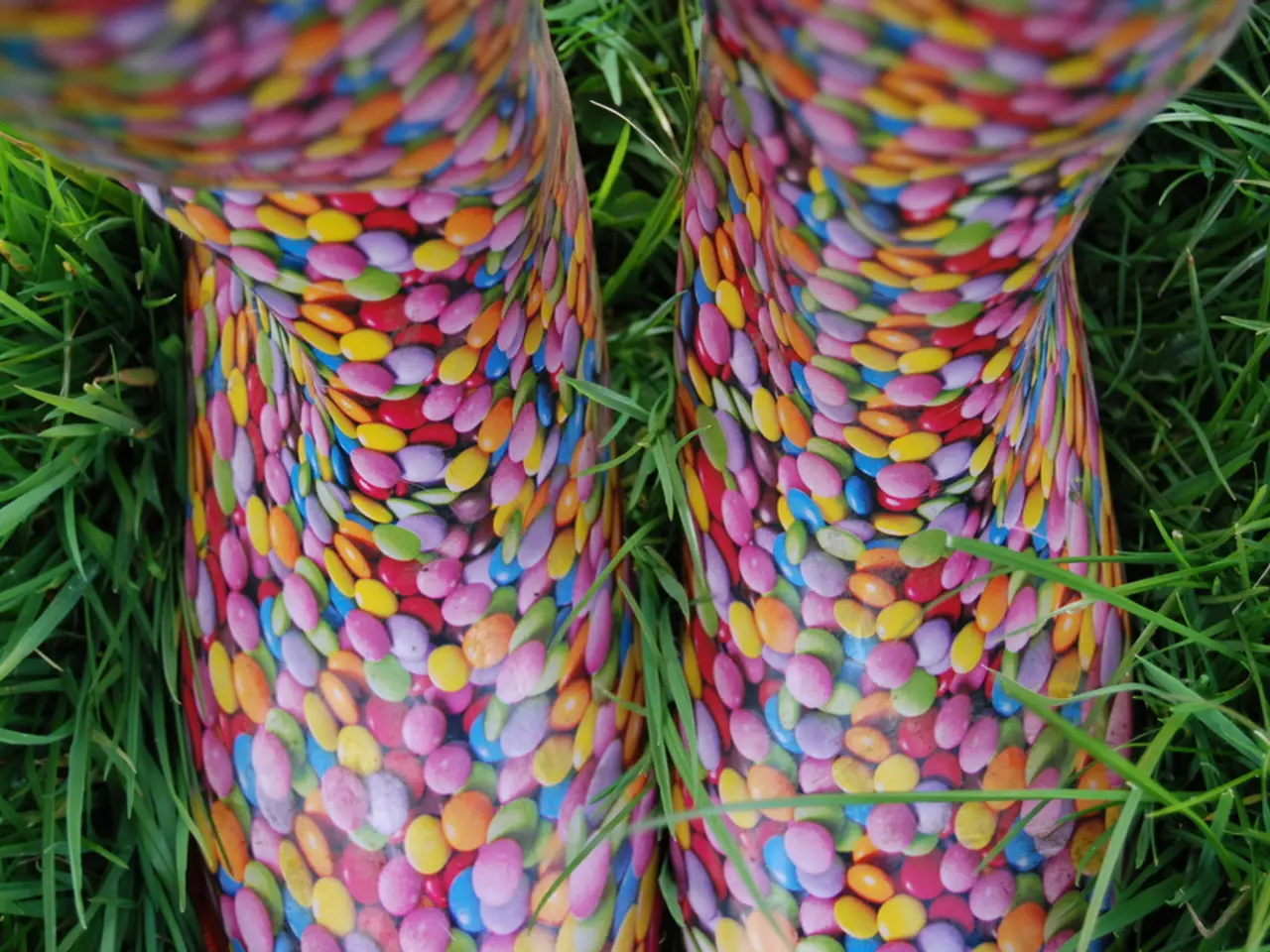Uncovering the Worth of Sapphires: A Closer Look
Unveiling the Value of Coloured Sapphires
Sapphires, a captivating variety of the mineral corundum, are found in a diverse range of countries across the globe. From Sri Lanka and Myanmar to Madagascar, Thailand, Cambodia, Tanzania, Montana in the USA, Australia, and many more, these gemstones have become a staple in the jewellery industry.
Historically, sources such as Kashmir, Sri Lanka, and Burma were considered the epitome of sapphire quality. However, with the discovery of new deposits and the levelling of the playing field, these once-esteemed locations now share the spotlight with other producing countries. The Kashmir mine, for instance, is no longer in operation due to its remote location and political unrest in the area.
When it comes to valuing coloured sapphires, including Kashmir and padparadscha varieties, colour is the most critical factor. Ideal sapphires exhibit vibrant, uniform hues with optimal hue, tone, and saturation. For blue sapphires, velvety blue to violetish blue in medium to medium-dark tones commands the highest prices. On the other hand, padparadscha sapphires, a rare and highly prized pink-orange mix, are especially valuable.
Clarity, cut, and carat weight also play supporting roles in determining a sapphire's value. High clarity without visible inclusions adds value, but slight inclusions are acceptable if not detracting from beauty. Well-executed cuts maximize brilliance and color display, while larger carat weights increase value disproportionately but must maintain quality.
Origin and rarity also play a significant role in a sapphire's value. Sapphires from notable sources such as Kashmir are among the most expensive, with Kashmir blue sapphires sometimes exceeding $200,000 per carat due to their rarity, exceptional color, and historical prestige. Padparadscha sapphires are also rare and prized for their unique colors.
Regarding treatments, approximately 90% of sapphires on the market are heat-treated to improve color and clarity. This is a longstanding, generally accepted practice when it only enhances natural characteristics without adding foreign substances. Other treatments like titanium diffusion, flux healing, or beryllium diffusion are more controversial as they can alter color superficially, add minerals, or disguise cracks, and often reduce a sapphire's value compared to naturally untreated stones. Disclosure to buyers is considered ethical and necessary.
In summary, the best-value sapphires are those with exceptional natural color and clarity, preferably untreated with reputable origin. Treatments, especially heat treatment, can enhance appearance but generally lower value compared to natural stones if they are more invasive or less disclosed. The Gem-A Gemmology Foundation course offers learning opportunities about gemstones for those interested in delving deeper into the world of sapphires.
- For those eager to explore the field of gemmology, the Gem-A Gemmology Foundation course provides an excellent starting point.
- To unlock the true potential of coloured sapphires, one should consider enrolling in educational programs such as workshops and courses offered by gemmology foundations.
- To further enrich one's lifestyle, fashion-and-beauty, food-and-drink, home-and-garden, travel, and education-and-self-development sectors, gathering knowledge about sapphires can open up exciting opportunities.
- Publications focusing on gemmology, jewellery, and coloured stones can serve as valuable resources for those wanting to broaden their understanding of these precious minerals like sapphires.
- A comprehensive approach to gemmology studies, combining coursework, hands-on workshops, and informative publications, will contribute to an enriched lifestyle and Diamond District-worthy expertise in the world of coloured sapphires.




